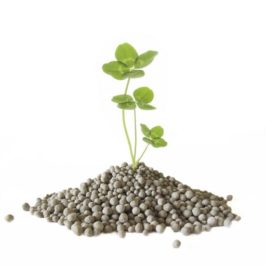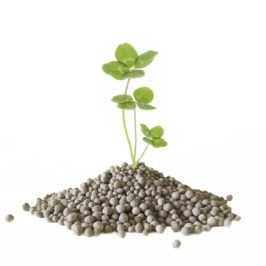It is widely understood that suitable levels of the various trace elements are essential for plant and animal, productivity and health. They are known as “trace” elements because when a laboratory analyses a sample for them, usually only traces, (very small quantities), of them are found.
Although the function of every known trace element in plants and animals is not understood, the importance of Boron in plant growth and Cobalt, Selenium, Sodium and Iodine for animal health and performance are well known and documented. If any these are lacking, small additions can achieve major improvements to farm production and animal health.
Boron plays an essential role in the ability of plants to uptake nutrients and transports them through the plant structure. The digestive system of ruminant animals has the ability to convert Cobalt into Vitamin B12. A serious lack of B12 results animals wasting away and with minor shortages the animal survives but doesn’t thrive. Further information on each of the trace elements can be readily found on the Internet by searching for “Deficiency of (trace element) in animals.”
Because trace elements can be expensive, and in many cases over application can result in stock deaths, serious animal health issues or environmental pollution, great care must be taken when deciding to add trace elements into a fertiliser programme.
While soil samples can be, and often are analysed for trace elements, because we really need to know what the animal intake is, I believe the only safe way to make trace element decisions (in the absence of animal tissue biopsy) is to carry out a pasture laboratory herbage analysis. I prefer to take a pasture sample at the same time as I take soil samples, and, at a time of year when pasture is in a healthy growth phase, ie. not going into winter dormancy or summer drought. Because different pasture species take up differing amounts of trace elements from the same soil, I try to get an average pasture content in the sample being analysed. If analysed separately, in my experience, Plantain can reveal high levels of Selenium whereas clover in the same pasture can have a low level.
As high dietary intake levels of trace elements such as Selenium can be fatal to stock, before adding it to fertiliser it is important to check if drenches, capsules or other animal health products that contain Selenium are being administered. I’m increasingly concerned by fertiliser recommendations I see being provided to farmers that contain trace elements with no evidence to support that recommendation.
Andrew de Lautour. PFP Fertilisers Ltd. ©
For further information or a sample pack phone us on (06) 8585235


